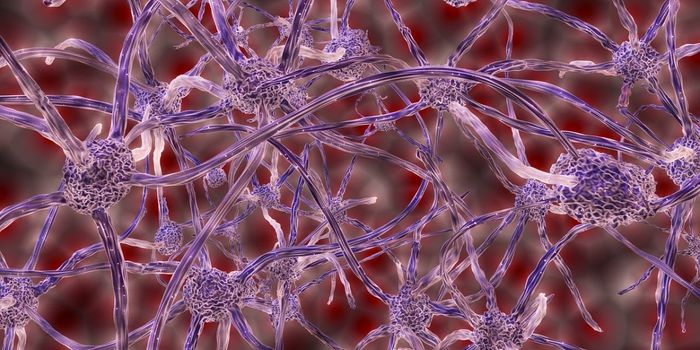Newly Discovered Thermoreceptor Responsible for Cold Perception
A recent study from the University of Michigan made a surprising discovery about how we feel at low temperatures. In a Nature Neuroscience article, researchers present the GluK2 glutamate receptor as the newest thermoreceptor, responsible for helping us feel cold.
Chilling Revelations
Professor Shawn Xu explains "Various studies have found the proteins that sense hot, warm, even cool temperatures" (via EurekAlert). For example, research has determined that while a mouse without the protein TRPM8 seems unaffected by cool temperatures down to 60 degrees Fahrenheit, this deficit to temperature differences returns below 15 degrees. "But," Professor Xu continues, "we've been unable to confirm what senses temperatures below about 60 degrees Fahrenheit."
In addition to its humble role as a glutamate-sensing chemoreceptor in the central nervous system, GluK2 has long possessed a hidden talent in the peripheral nervous system. The UM researchers discovered it's essential for sensing cold temperatures in the body's periphery. This finding sheds light on a previously unknown aspect of sensory perception, giving us a new and major sensory processing mechanism to explore.
Knocking out the Cold Protein
The study used mice lacking the GluK2 protein, called "knock out" (KO) mice. These GluK2 KO mice could feel sensations like touch, heat, and cool, but they were utterly oblivious to cold. Not only that, but the KOs didn't feel cold-related pain, a fine distinction critical to differentiate in somatosensory research. This highlights just how important GluK2 is for our and other animals' ability to sense and respond to environments lower than 60 degrees.
Pain Relief Potential
Further investigation revealed that GluK2-expressing neurons in the spine sense cold in our periphery. Professor Xu suggests that "this discovery of GluK2 as a cold sensor in mammals opens new paths to better understand why humans experience painful reactions to cold." The findings could be particularly relevant for chemotherapy patients, who often find cold temperatures uncomfortably painful. Understanding GluK2's role might pave the way for new treatments to alleviate this discomfort.
Ancient Roots of Cold Sensation
GluK2 isn't just a modern invention. It's been around for quite a while, with versions of it found in both vertebrate and invertebrate species. This suggests that GluK2 might be an ancient player in feeling the cold, hinting at a long evolutionary history of temperature sensation.
In Conclusion
The study's findings about GluK2's unexpected role in cold sensation add an intriguing twist to our understanding of how we experience temperature. As researchers continue to peel back the layers of this chilly mystery, GluK2 stands out as a fascinating new character in the story of sensory physiology.
Sources: Nature Neuroscience, EurekAlert









